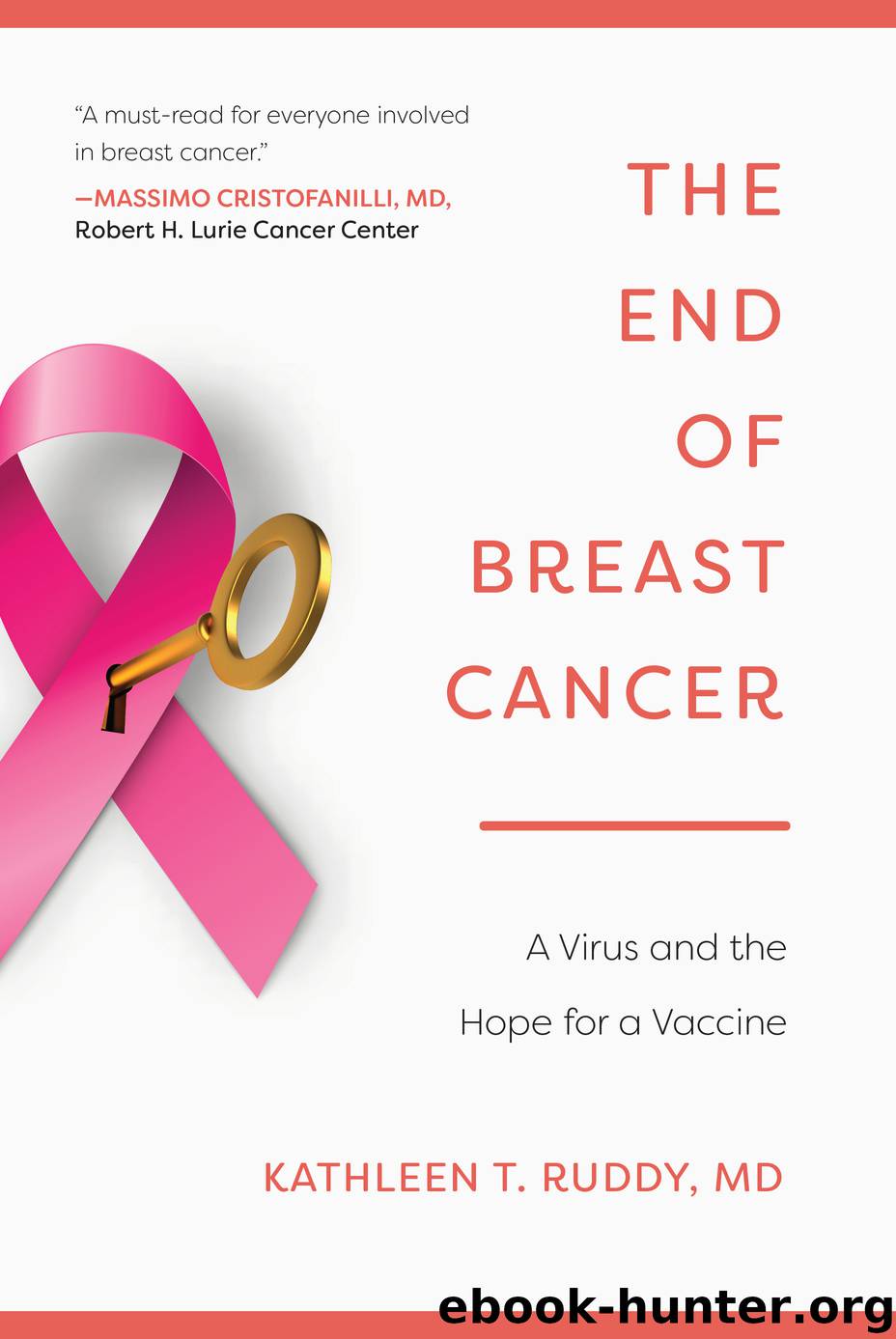The End of Breast Cancer by Kathleen T. Ruddy MD

Author:Kathleen T. Ruddy, MD
Language: eng
Format: epub
Publisher: Skyhorse Publishing
Published: 2017-04-09T04:00:00+00:00
Several important elements in the Lasker style of operations can be identified…. First, Mrs. Lasker has substantial personal resources—money, time, commitment, the capacity to confer status on others—which she has used in a focused and skilled manner to further both general and specific ends. Her own resources have been augmented through the access to political leadership and the press and broadcast media that she has so assiduously cultivated. Second, Mrs. Lasker has frequently acted through an elite group of long-standing associates whose underlying commitment is to the support of medical research…. This elite has functioned oftentimes … through a blue-ribbon panel of committed experts. Though always including medical and scientific professionals, prominent lay representation has been a guiding organizational principle…. Finally, when mobilized, Mrs. Lasker and her friends have displayed great capacity to overwhelm the opposition through a focused, highly publicized, over-simplified, dramatic appeal to the public and through skillful tactical maneuver within the political process.4
Mary Lasker was recognized by all as a lobbyist extraordinaire. She was always in the background, but her hand was clearly visible nonetheless. She would have her citizen witnesses plead with Congress not to let them die. She would have them say that heart disease and cancer were completely avoidable. If only the congressman would vote in favor of spending more money, no one would have to die. Everyone could be saved. The money would “wipe away all tears.” She was a terrific stage director whose repertoire was melodrama packed with facts; and it worked.
Lasker had learned from the success of the March of Dimes against polio how effective it was to focus the public’s attention on one disease at a time. By sinking her claws into one disease and then another, Lasker slowly but surely recruited vertical segments of society to her side. If you had heart disease, she was on your side. If you had stroke, she was on your side. If you had cancer, she was on your side. Each group of patients was singled out and made to feel special, for a time. Each had its advisory committee, funded by Congress, its citizen witnesses, and its special appropriation of federal money. Lasker rode the circuit, stopping at each disease along the way, then circled back to accelerate the pace. Everyone was happier with every round. In no time, Mary Lasker was seen as a crusading Joan of Arc for medicine, per se.
In 1944, when the Laskers set out to flash their teeth at the US Treasury, the research budget for the PHS and the NIH, which included the National Cancer Institute, was approximately $2 million a year. Three years later, their budgets were up by a factor of five, to $10 million. The agencies were delighted to see more money pouring down Capitol Hill in their direction. The fact that the wind was blowing from Mary Lasker’s direction didn’t seem to bother them much at all. They were happy to see more money. However, the men who ran the PHS and
Download
This site does not store any files on its server. We only index and link to content provided by other sites. Please contact the content providers to delete copyright contents if any and email us, we'll remove relevant links or contents immediately.
Men In Love by Nancy Friday(4322)
Everything Happens for a Reason by Kate Bowler(4067)
The Immortal Life of Henrietta Lacks by Rebecca Skloot(3826)
Why We Sleep by Matthew Walker(3771)
The Sports Rules Book by Human Kinetics(3588)
Not a Diet Book by James Smith(2726)
The Emperor of All Maladies: A Biography of Cancer by Siddhartha Mukherjee(2431)
Sapiens and Homo Deus by Yuval Noah Harari(2414)
Day by Elie Wiesel(2242)
Endless Forms Most Beautiful by Sean B. Carroll(2083)
Angels in America by Tony Kushner(2047)
A Burst of Light by Audre Lorde(1980)
Hashimoto's Protocol by Izabella Wentz PharmD(1898)
Dirty Genes by Ben Lynch(1855)
Reservoir 13 by Jon McGregor(1852)
Stretching to Stay Young by Jessica Matthews(1714)
Fat for Fuel by Joseph Mercola(1694)
The Immune System Recovery Plan by Susan Blum(1693)
Boost Your Brain Power in 60 Seconds by Michelle Schoffro Cook(1677)
